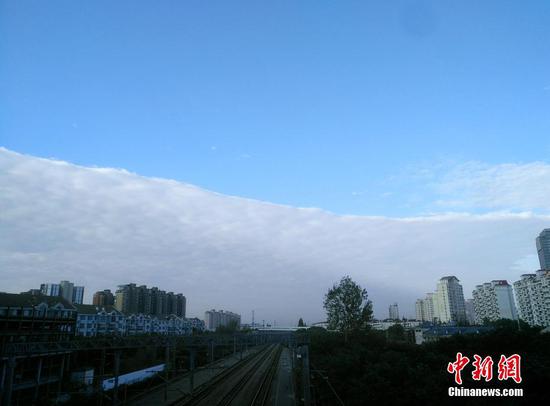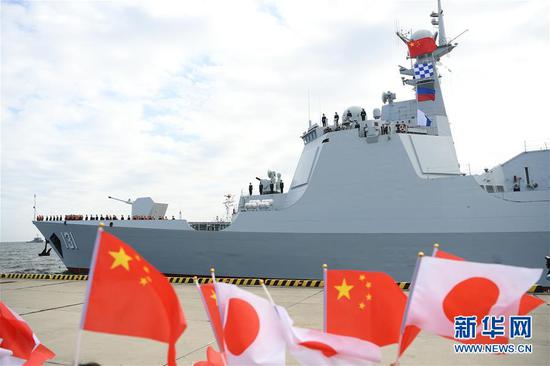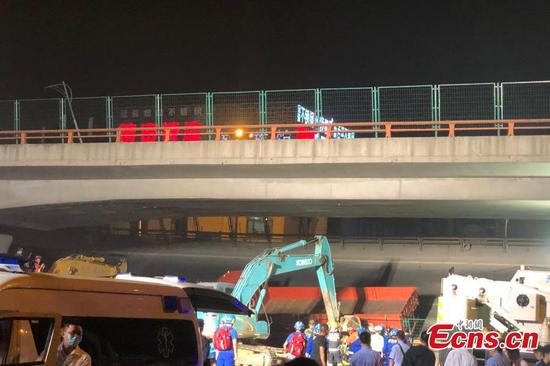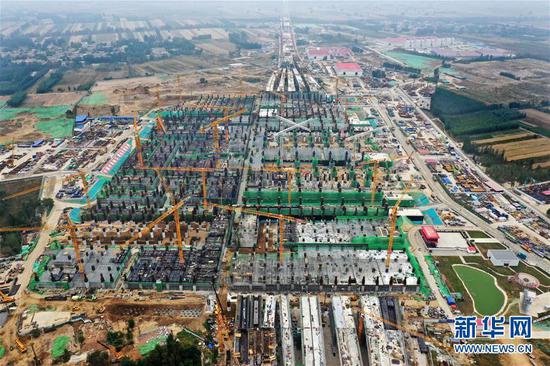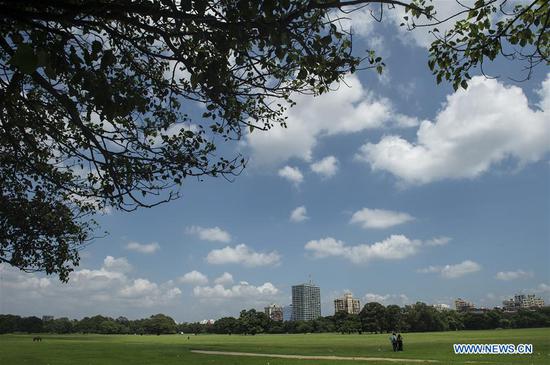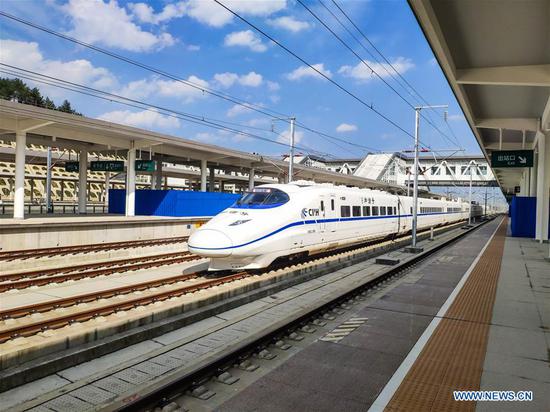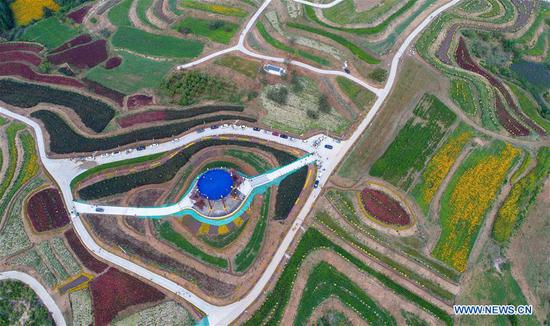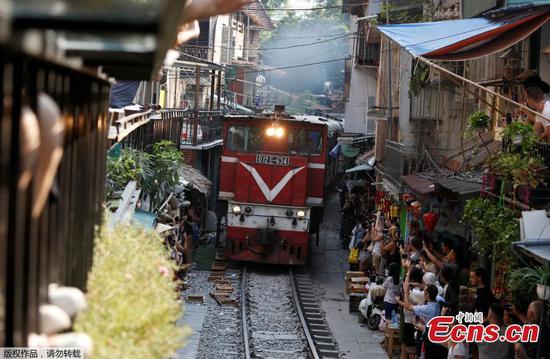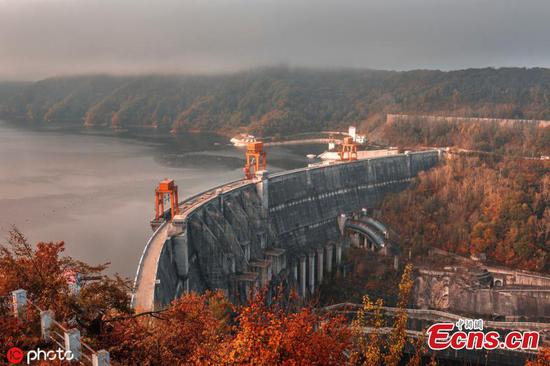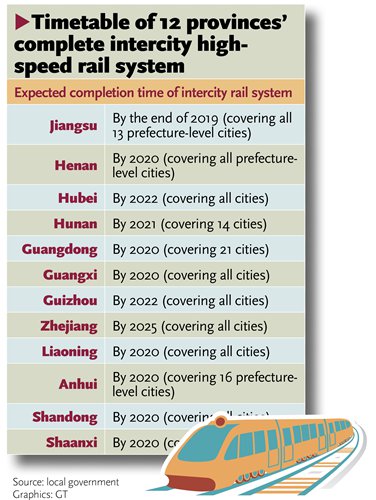
So far, 12 provinces in China have released plans to build intercity high-speed rail systems, according to government statistics, and by next year, up to eight provinces will have complete systems.
East China's Fujian Province is the only province with a high-speed rail system that connects all of its cities.
According to information released by official sources and compiled by domestic news site jwview.com on Thursday, Central China's Henan Province, South China's provinces of Guangdong and Guangxi, Northeast China's Liaoning Province, East China's provinces of Anhui and Shandong, and Northwest China's Shaanxi Province are among the provinces aiming to build intercity high-speed rail systems by 2020.
China's fast development of high-speed rail lines, especially those that connect smaller cities, will be a huge boost to urban-rural economic ties. These systems allow more mobility of labor out of the smaller cities and encourage inbound tourism, Li Yanxia, associate research fellow at the China Academy of Transportation Sciences, told the Global Times.
According to jwview.com, high-speed railways have increasingly become the preferred way of travelling. During this year's National Day holiday, the number of passengers using high-speed rail lines reached 8.5 million per day, increasing 11.9 percent year-on-year.
China has the world's largest high-speed rail network, which has brought huge economic and development opportunities. According to a report by the World Bank in July, more than 25,000 kilometers of high-speed rail lines have been put into service since 2008, exceeding the total operating in the rest of the world.
Long-term planning and standardization of design are among the key success factors in China, the World Bank noted.
"Transport systems are closely connected to a region's urbanization," Li said. "As intercity rail systems are built in more provinces, economic connections will be strengthened to bring more opportunities for growth," Li said.









